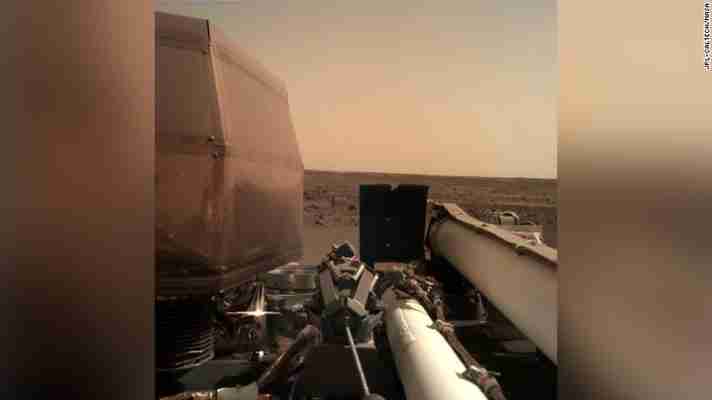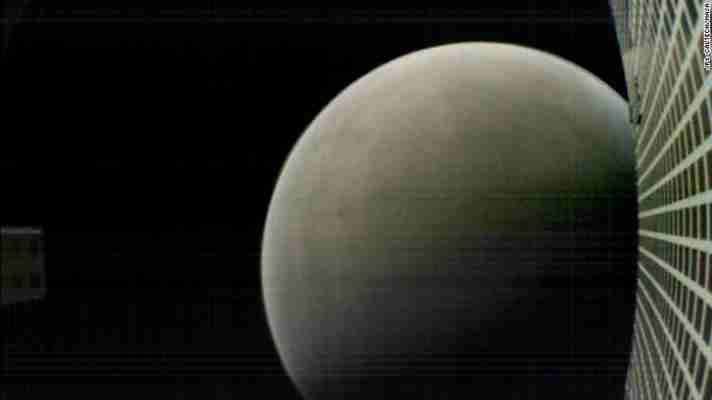On Monday, NASA reported that its InSight lander safely survived entry to Mars’ surface, already taking two pictures. The pictures show the surface of Mars before and after InSight removes the dirty dust shield from its camera.


The InSight lander is different from a rover , as NASA already has a few different rovers combing Mars. InSight is stationary, self-sufficient, and packed to the brim with seismological tools. It uses solar panels to power itself. Because Mars receives far less sunlight than Earth, InSight was designed to consume very little power. On what is considered a sunny day on Mars, InSight’s solar panels receive only about 600-700 watts, enough to power a small device like a toaster.
Over the next few months, InSight will use its robotic arm to install a variety of seismological instruments. These instruments will allow NASA geologists to create detailed 3D models of the surface of Mars, in addition to properties like heat flow, seismic activity, and the tug of the planet’s moons. The primary instrument used to gather this data is called the Mars Mole HP3, and InSight is powerful enough to embed the device deep into the planet’s surface. NASA scientists are also hoping to use the Mars Mole HP3 to study Mars’ geological interior, comparing its core and crust to Earth’s in addition to newly discovered planets.
InSight didn’t make its dangerous journey alone. It was accompanied by two small cube satellites called MarCOs. Named Wall-E and Eve by the Disney fans among the staff, MarCO satellites played support roles on this mission, monitoring and reporting essential data regarding InSight such as fuel use. After InSight landed, both MarCO satellites left the red giant and flew back into space. Before leaving completely, Wall-E managed to snap this photo:

The MarCO satellites were mostly the product of new hires at NASA, with most of the team consisting of recent college graduates. With their successful assistance in the InSight mission, it’s likely these small satellites will see plenty of future use.
More about space travel
3 billionaires racing to build the future of space travel ►
Watch Elon Musk’s new rocket light up the California sky ►
Take a look at Elon Musk’s crazy new spaceship ►
Walk on the moon with this 4K guided tour by NASA ►
